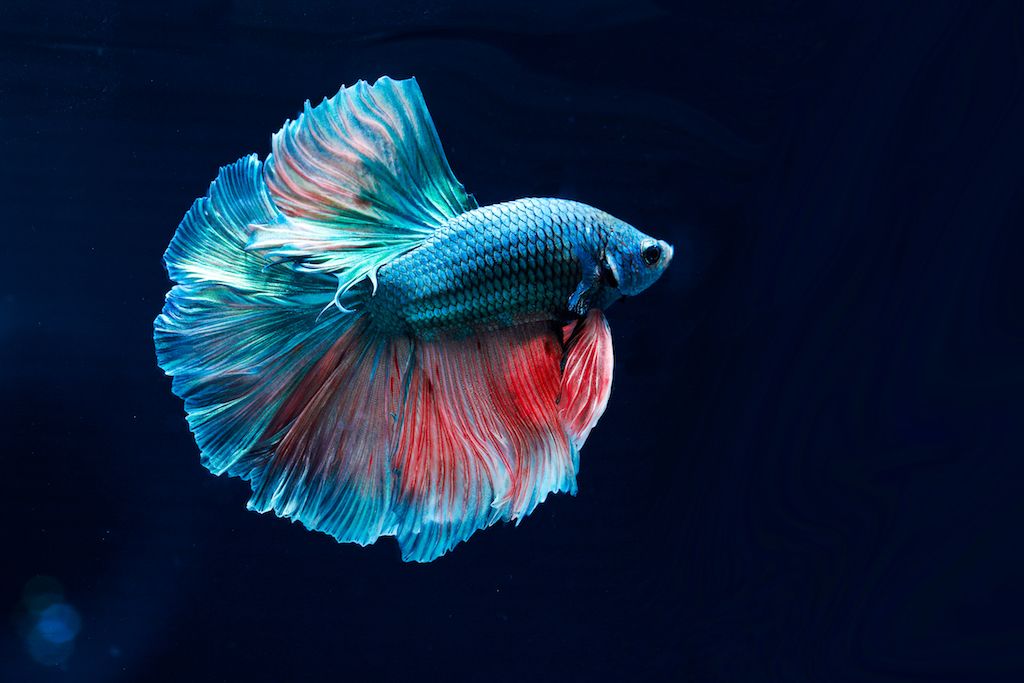Betta Fish Diet: What to Feed Your Betta for Optimal Health And Wellness
Just How to Reproduce Betta Fish Successfully: Specialist Techniques and Insights for Hobbyists Looking to Increase Their Betta Collection
Breeding Betta fish needs a nuanced understanding of genes and ecological conditions, making it vital for enthusiasts to come close to the process with both diligence and care. Producing an ideal reproduction setting, selecting the best pairs, and observing the details of their courtship actions are foundational steps that can substantially affect the end result.
Recognizing Betta Fish Genes
Understanding the genetics of Betta fish is essential for successful breeding, as it influences characteristics such as color, fin shape, and habits. Betta fish display a diverse variety of shades and patterns, mainly established by their hereditary make-up. The main genetics accountable for pigmentation consist of the "B" genetics for blue, "D" genetics for red, and the "C" genetics for shade strength. Dog breeders can control these characteristics by choosing particular parent fish that exhibit desired characteristics.
In enhancement to pigmentation, fin morphology is one more considerable aspect of Betta genes (betta fish). The form and size of fins are affected by different genes, consisting of those that figure out whether the fins are brief, long, or veil-shaped. Recognizing these genetic variations aids breeders forecast the phenotypic end results of their spawn
Moreover, behavior characteristics such as aggressiveness and territoriality can additionally be influenced by genes. These habits play a vital function in the breeding procedure, as they can affect generating success and the overall personality of the resulting fry. By thoroughly understanding these hereditary principles, breeders can make informed decisions, eventually enhancing their reproduction programs and achieving preferable outcomes.
Preparing the Breeding Setting
Producing an optimum breeding atmosphere is vital for the effective reproduction of Betta fish. The primary step in preparing this atmosphere is to pick a suitable reproduction tank, ideally varying from 5 to 10 gallons. This size enables sufficient swimming area and the facility of regions. The storage tank should be furnished with a heating system to maintain a steady temperature level between 78 ° F and 80 ° F, which is critical for encouraging spawning actions.
Following, consider the use of a sponge filter or an air rock to give gentle water circulation without producing solid currents that can emphasize the fish. It is essential to install plants or breeding cones to provide hiding areas and advertise convenience for the lady throughout the spawning procedure. Drifting plants, such as Java moss or water sprite, can additionally create a more native environment while assisting in bubble nest structure by the male.
Before presenting the breeding pairs, ensure the water is conditioned and devoid of harmful chemicals, such as chlorine or heavy steels. betta fish. Routine water adjustments should be conducted to keep ideal water top quality, enhancing the possibilities of successful breeding. With these prep work in area, the reproducing setting will certainly support the wellness and well-being of both Betta fish
Selecting Reproduction Pairs
Selecting the appropriate breeding sets is crucial for attaining successful Betta fish recreation. Healthy Betta fish exhibit lively colors, clear eyes, and energetic behavior.
Personality is another vital consideration, as Betta fish are recognized for their aggressive nature. It is recommended to pick a male and lady that exhibit suitable temperaments to lessen tension throughout the breeding process. A tranquil male can urge a smoother courtship, while a lady that is as well hostile may interfere with the process.
Genetic history also plays a considerable role in the high quality of the spawn. go to these guys Breeding fish that are genetically diverse can minimize the threat of hereditary health and wellness problems and boost the overall vigor of the fry. It is beneficial to investigate the family tree of both the man and female, focusing on preferable traits such as fin type, color scheme, and dimension.
The Breeding Refine
The reproduction procedure of Betta fish requires cautious preparation and focus to information to ensure a successful result. It is crucial to prepare an ideal reproduction container, preferably a 5-10 gallon aquarium with a temperature maintained at 78-80 ° F. The tank needs to be geared up with a heating unit, filter (preferably sponge type to prevent strong currents), and lots of water plants for the woman to hide.
When the atmosphere is established, introduce the chosen reproducing set to the tank, allowing them to adapt. Observe their habits; the man will show fancy courtship rituals, including flaring his fins and building a bubble nest. If the female reveals passion, she will certainly show vertical stripes indicating preparedness for spawning.
When the lady is receptive, the pair will certainly engage in a breeding welcome, during which the male fertilizes the eggs. Maintaining optimal water conditions during this period is necessary for the advancement of healthy Betta fry.
Caring for Betta Fry

Feeding Betta fry is crucial, as they need a diet plan high in healthy protein. They can be fed infusoria or fluid fry food, transitioning to carefully smashed top quality pellets as they grow. Feed little parts several times a day to motivate see page healthy and balanced development without straining the container with leftover food.

As they develop, monitor their growth closely and divide any aggressive people to stop injury. By supplying a supporting atmosphere and correct nutrition, enthusiasts can successfully increase Betta fry right into dynamic, healthy and balanced fish, ultimately improving their reproduction undertakings.
Conclusion
Effective Betta fish breeding needs thorough attention to hereditary option, environmental conditions, and take care of the fry. By understanding the genetics of Betta fish and preparing an ideal breeding atmosphere, enthusiasts can enhance the opportunities of producing dynamic, healthy and balanced spawn. Selecting compatible breeding sets and very closely keeping track of the courtship and spawning procedures are essential. Offering ideal treatment for the fry guarantees their healthy and balanced growth, adding to a growing Betta collection.